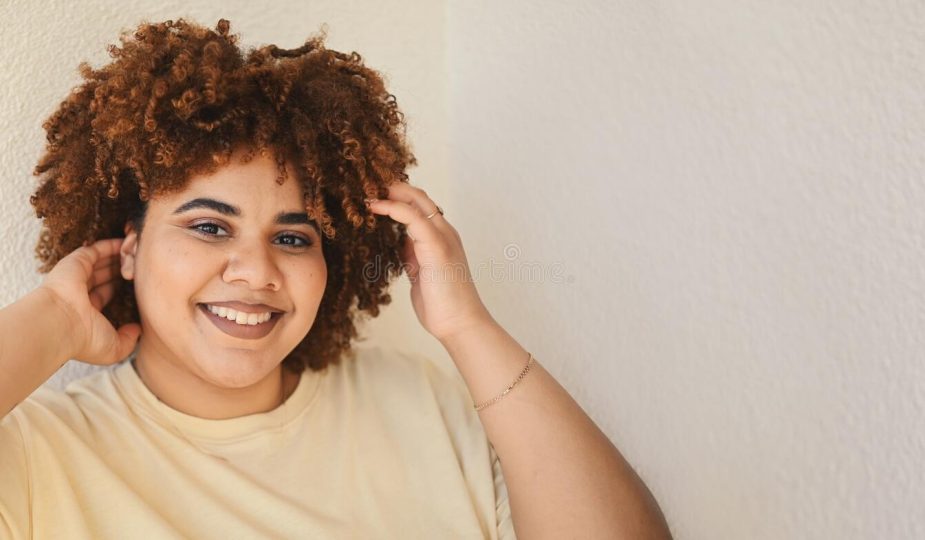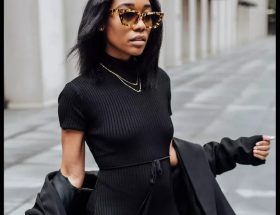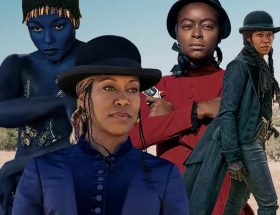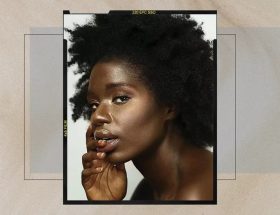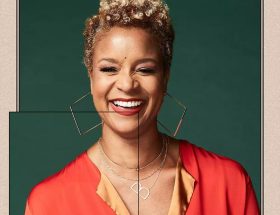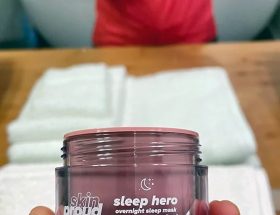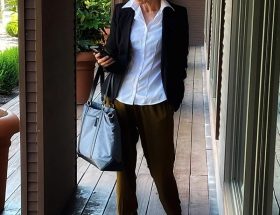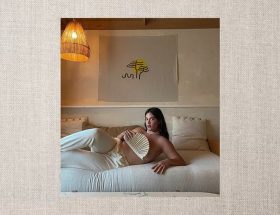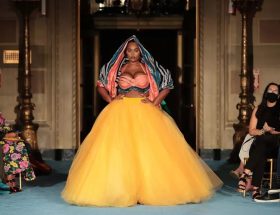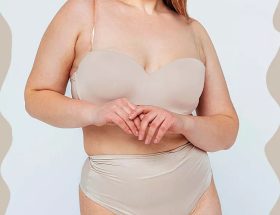The Beautiful Black History of Cornrows
welcome to Crowned, our new series all about the history of Black hair. Hosted by senior social media editor Star Donaldson, Crowned explores the history and traditions that have shaped the Black experience and the hairstyles born out of them. In our debut episode, we deep-dive into cornrows, a traditional Black hairstyle with rich cultural significance. Join us in learning more.
It’s easy to feel like the beauty world is a constant revolving door. Fads and formulas come!stay for a while!and quickly disappear as the next one takes the stage. Still, few styles transcend what’s trending and have rich cultural meaning. Cornrows are one of them. The style is prevalent in today’s world but has roots dating back to ancient Africa. While the look is a common choice among many, there’s a lot of rich history that goes unnoticed.
“The first thing to know about cornrows is they were made specifically for curly, coily, and tight-textured hair,” Donaldson says, emphasizing those textures are usually delicate hair types. “A braided style, like cornrows, helps protect [hair] from moisture loss and breakage.” It’s why cornrows, and many other braided looks, are classified as “protective” styles.
The braiding technique is technology-first at its core, focusing on braiding various patterns (from straight to zig-zag) against your scalp. Alone, cornrows are a sleek, low-maintenance style that can last for weeks. However, they also act as a flawless base for other styles like sew-in extensions and wigs. The possibilities for cornrow looks are endless, but that doesn’t mean it’s exempt from criticism, discrimination, and misrepresentation.
“Braids [cornrows] are often appropriated by non-Black people,” Donaldson explains. “Braids are often seen as a trend instead of a style that was created specifically for these textures.” While braids of other kinds have historically been used in different cultures, cornrows were explicitly designed for afro-textured hair. Cornrows dated far back to 3000 B.C., particularly in the Horn and West coasts of Africa.
In the early 1500s, the style was used as a communication medium amongst various African societies that were later forced to migrate to the Americas as slaves, where their customs followed. “In Africa, braids were a way to show people who you were,” Donaldson says. “They signified your tribe, your marital status, your wealth, religion, and more.” Blacks were further dehumanized during enslavement by having their hair cut off, which alienated them from their relatives, homes, and!ultimately!their identities.
Renaming, profiting, and co-opting the cultural significance and history of cornrows!and other historically Black styles!actively participates in the erasure and disregard of the Black experience. Take non-Black celebrities like Bo Derek, Kim Kardashian, and Katy Perry, for example, who have appropriated the style, even calling them “boxer braids.”
It poses an even bigger issue when, in more recent times, Black people are still discriminated against based on their hair texture and choices, including cornrows. In 1980, Renee Rogers sued American Airlines when the company demanded she not wear cornrows to work. In 2000, a Wisconsin teacher forcibly cut off seven-year-old Lamya Cammon’s plaits before her grade-school class. These instances don’t include the countless cases of discrimination that go unreported or unspoken. “That’s why it’s so important that when you see cornrows today, it’s so important to recognize that Black people are discriminated against and even face job loss for wearing cornrows,” Donaldson stresses. “Non-Black people just don’t.”
In 1999 Venus Williams wore cornrows with beaded ends, which were declared disruptive at the Australian Open. Only two years ago in 2019, Gabrielle Union filed a discrimination complaint against her employer, America’s Got Talent, after receiving racially insensitive comments in regards to her hair, including that her styles were “too Black.” It paints a clear picture of the disparities between Black traits and styles and the people who are policed versus those glorified.
Nonetheless, it doesn’t erase the beauty of cornrows. Entertainers like Alicia Keys, Tracee Ellis Ross, Laverne Cox, Beyonc└, and more, rock cornrows on and off the red carpet!further showcasing its versatility. Stylists and influencers continue to innovate and share their work with the world on social media, serving as inspiration for millions on Instagram, Pinterest, and YouTube. Products both mass and indie are evolving to continually cater to the unique needs of Black hair textures!including braids.
Legislation, like The CROWN Act, is being implemented across the United States to ensure that Black people cannot be discriminated against based on their natural hair texture and style!including cornrows. As the pages in the history books continue to turn, so will the beautiful story of cornrows. “Braiding is a symbol of perseverance and tradition,” Donaldson says. “Most importantly it reminds us that Black hair is Black history.” And it should be treated and celebrated as such.

